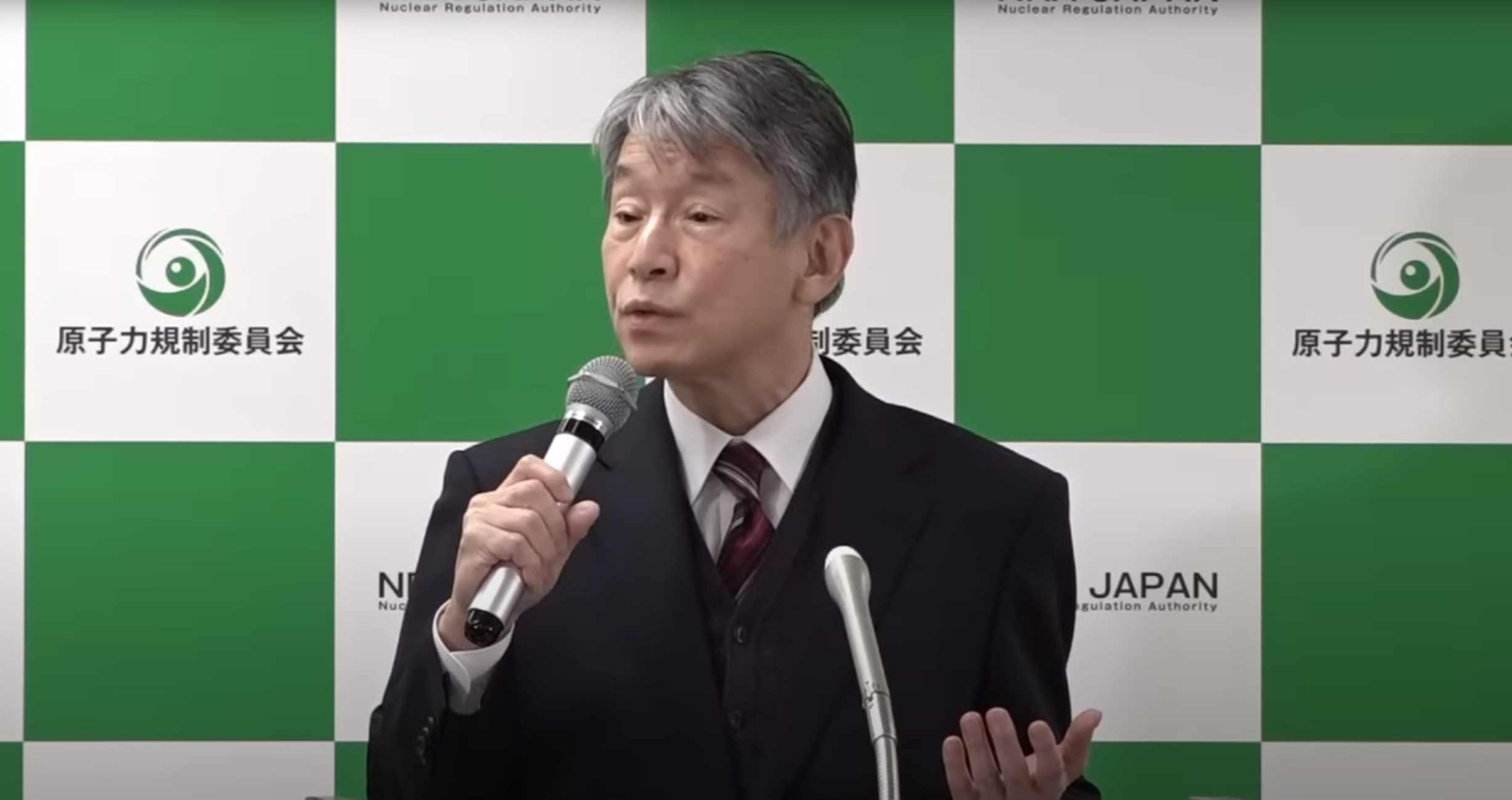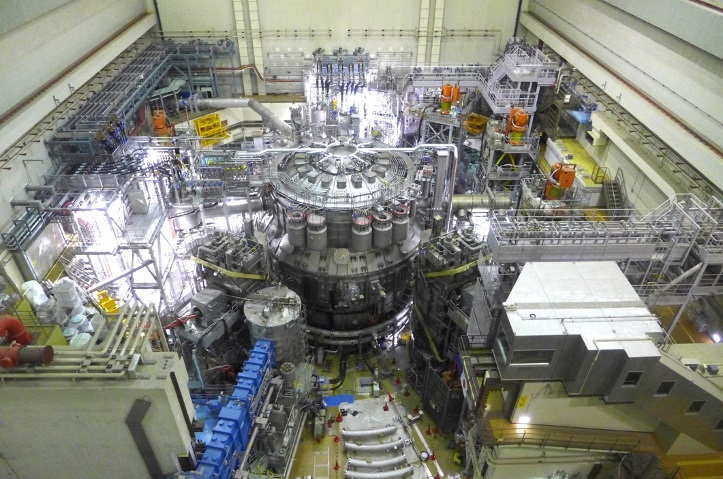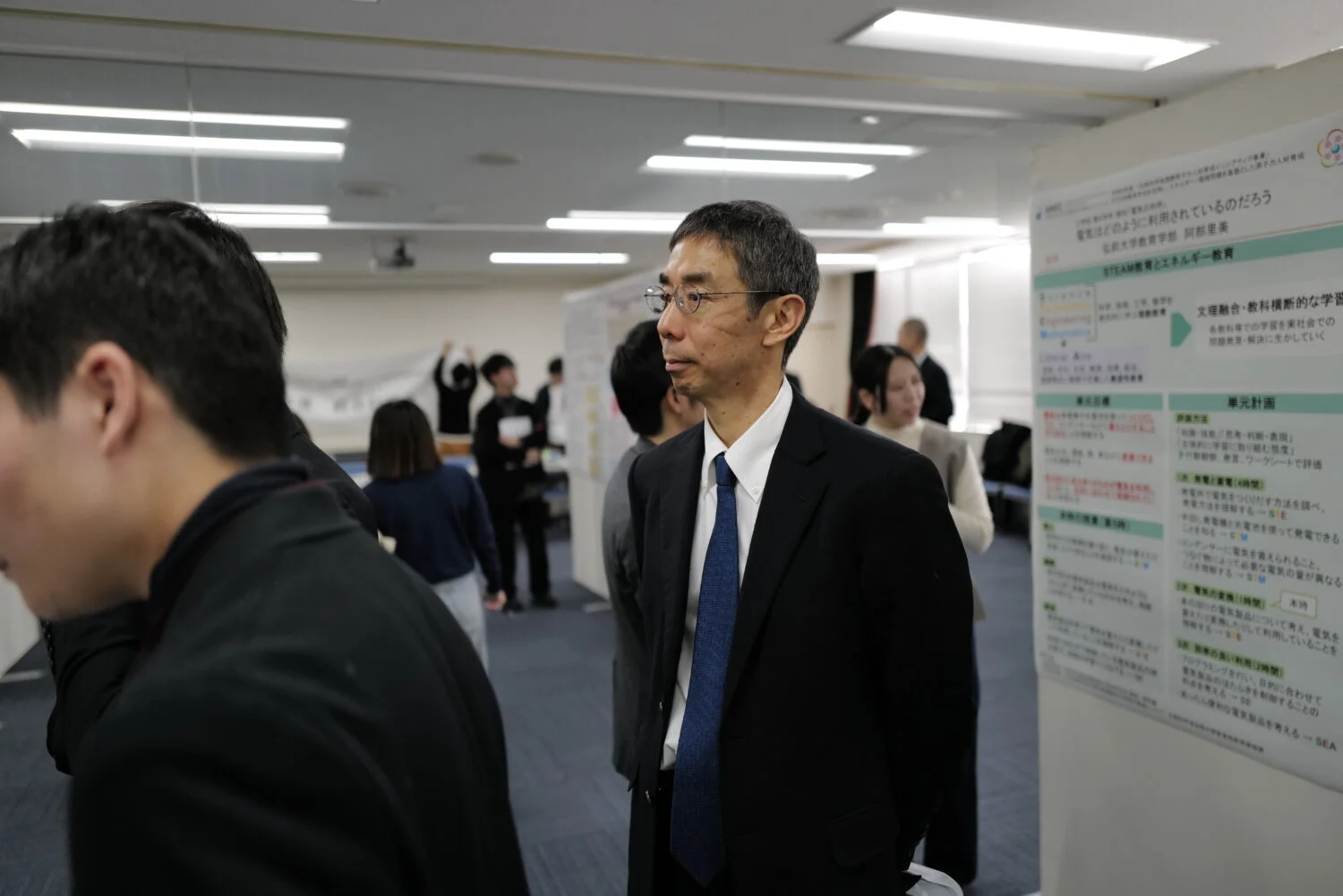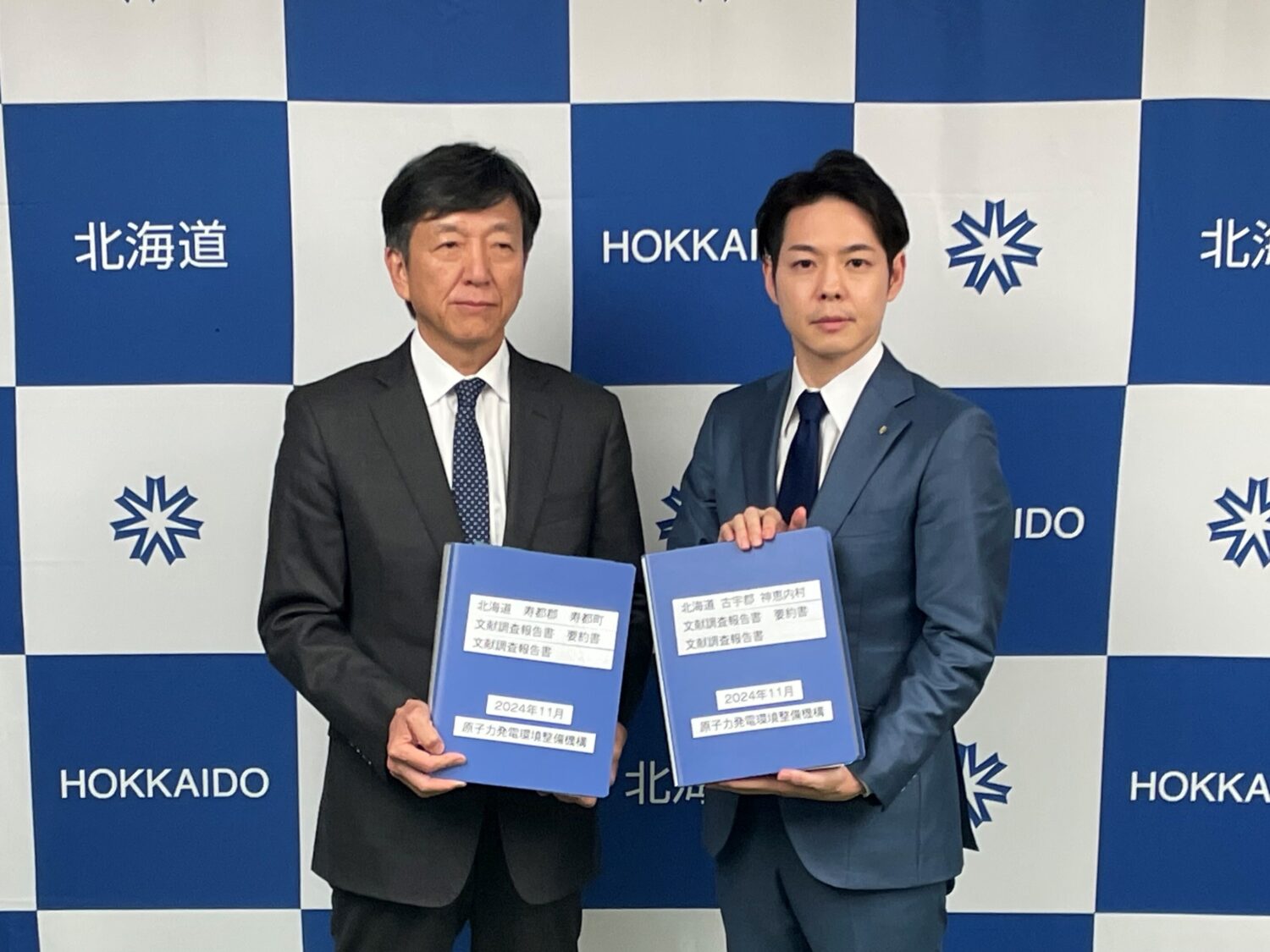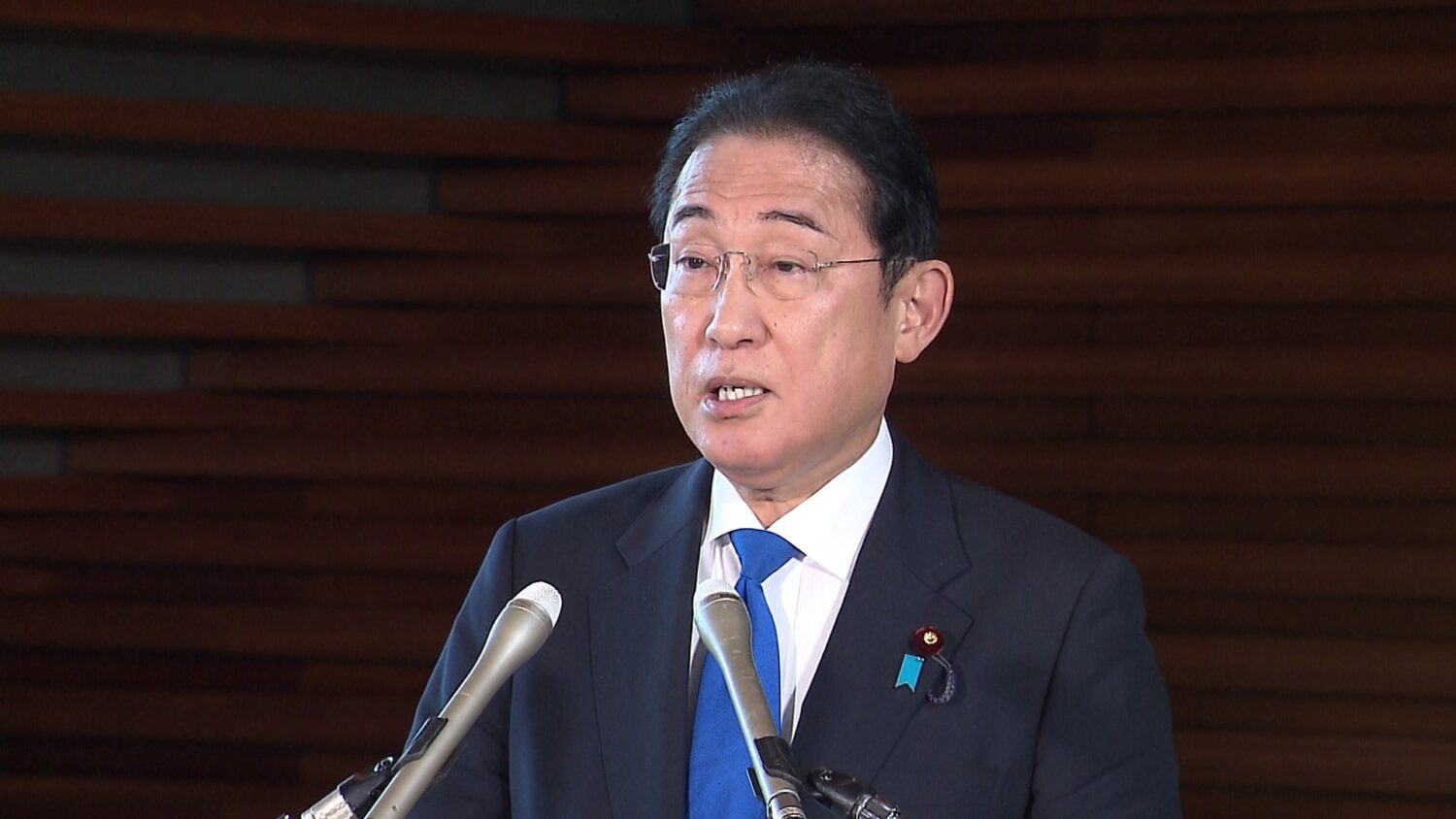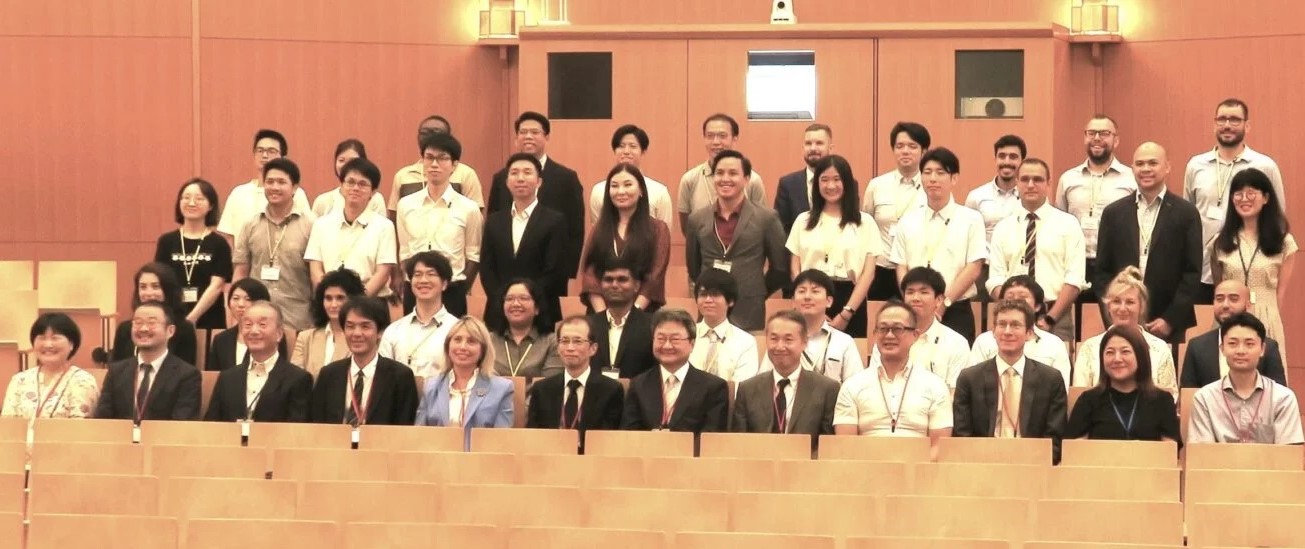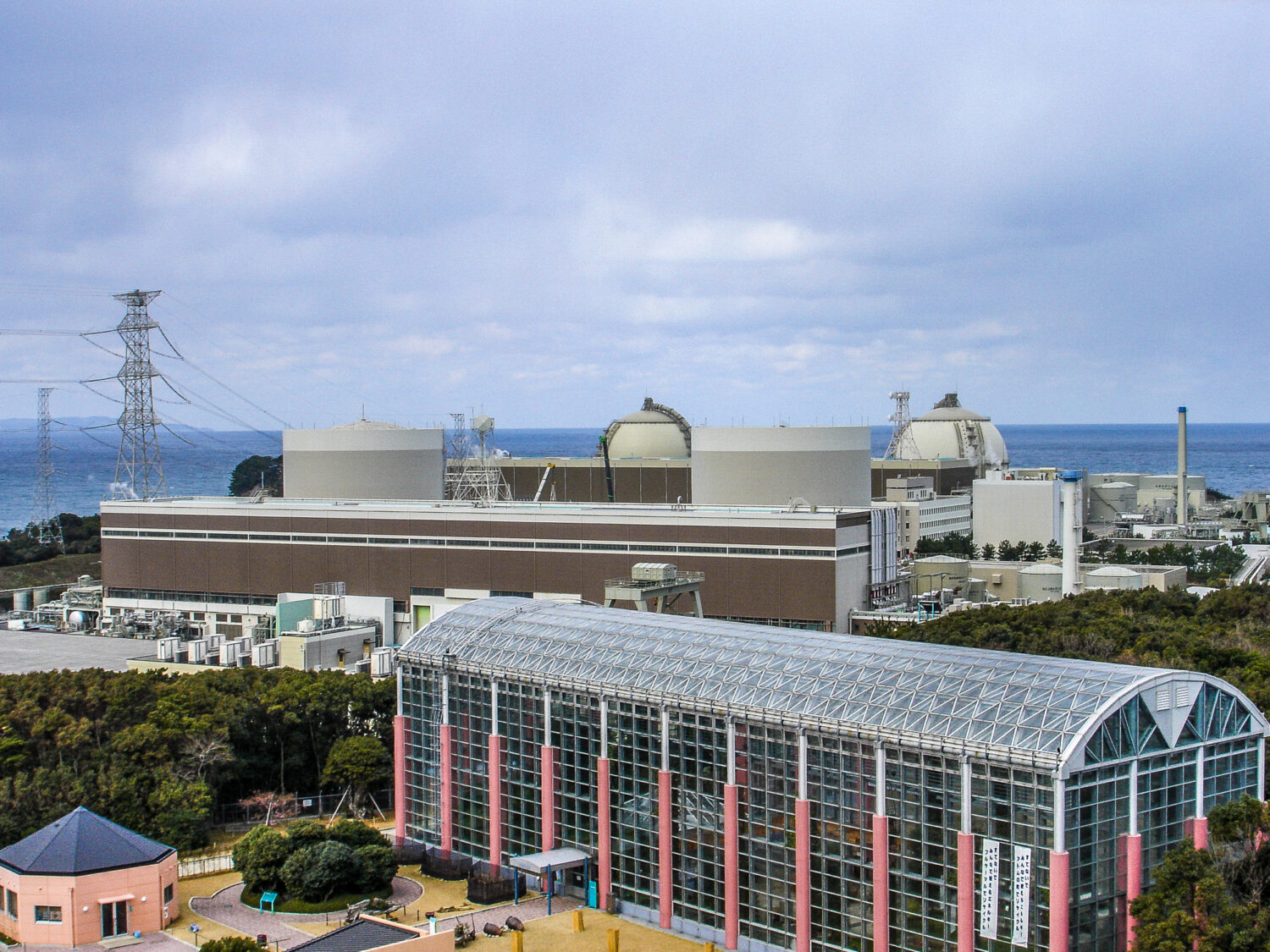The report concludes that the required three-percent capacity reserve margin will be achieved for a stable supply of electricity nationwide, based on electricity supply plans submitted by all the country’s electric power utilities. It also assumes the most severe weather conditions occurring during the past decade will recur, and that some part of the country’s power sources will be unexpectedly suspended at some point.
In Hokkaido, electricity demand normally reaches its peak in winter, because of the cold. Given the experience of the giant earthquake that struck the island on September 6, 2018, however, a capacity reserve margin of three percent or higher will be secured, even if a major power supply source of 1,540MW or so is lost.
Nationally, the total expected power source availability next January will be 126,880MW thermal, 9,560MW hydropower, and 6,320MW nuclear, among others. Among the thermal sources, Minato-1 (LNG, 340 kW) of the Higashi-Niigata Thermal Power Station, owned and operated by the Tohoku Electric Power Co., remains part of the supply, even after 46 years of operation.
The report also confirmed the actual electricity supply and demand during the recent summer season. On September 10, after Typhoon Faxai crossed the Japanese archipelago, extreme temperatures of 35℃ (97°F) were experienced in the Kanto (Tokyo-Yokohama, etc.), Tokai (Shizuoka, etc.) and Kinki (Osaka-Kyoto-Kobe, etc.) regions, while reaching 36.6°C (almost 98°F) in the Chubu (Nagoya, etc.) region, some 6.7°C (12°F) higher than normal. The maximum electricity demand on that day hit a record 25,680MW, substantially more than the assumed 23,570MW.
On account of the severe and demand balance resulting from the heat wave in early September, OCCTO instructed a power interchange for the Chugoku region on September 9, and the Tokyo, Chubu and Kyushu regions the following day.
The report will soon be referred to the Advisory Committee for Natural Resources and Energy, which will then finalize it.



